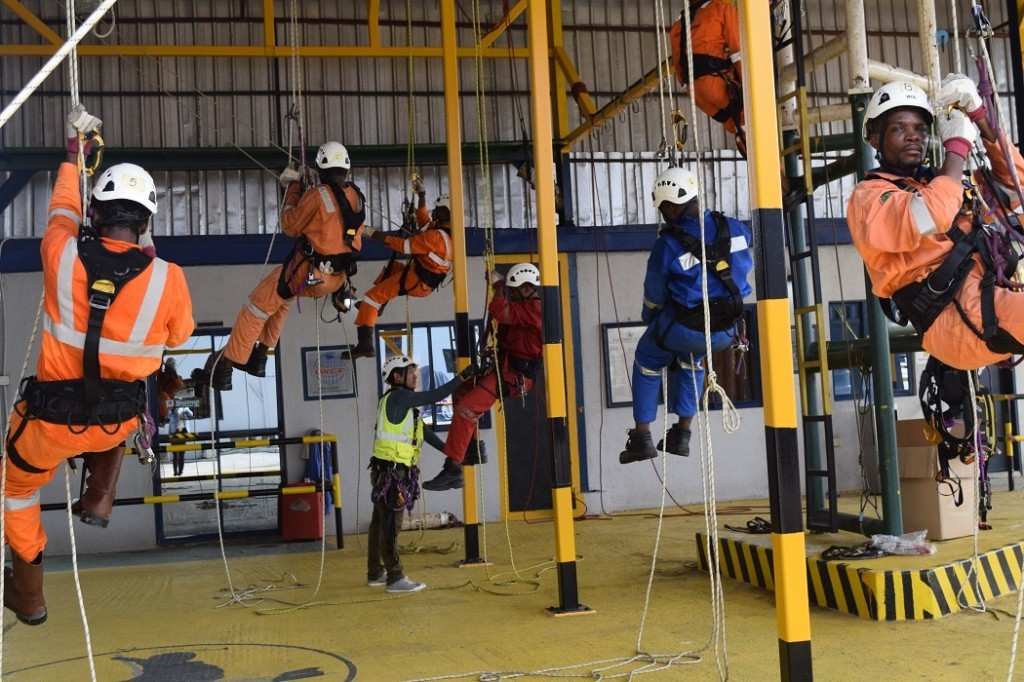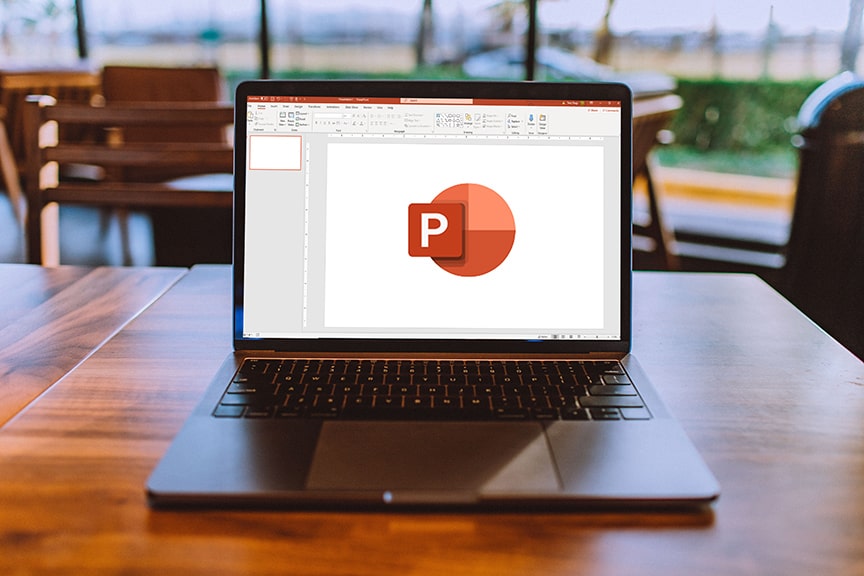Improving High-Risk Maintenance Safety Standards in Modern Hospitals

Hospitals are designed to save lives, but behind the scenes, maintenance teams often face significant risks. From working at heights to repairing complex systems, their safety is critical. An IRATA rope access course is one example of specialist training that equips workers with skills to perform such tasks in a controlled and secure manner. As hospital facilities grow more advanced, the importance of structured safety measures has never been greater.
Understanding the Nature of Risks
Modern hospitals operate with intricate infrastructure that requires constant upkeep. Maintenance professionals frequently deal with electrical systems, ventilation units, external façades, and emergency power supplies. Each of these presents unique hazards. Working at heights on hospital exteriors, exposure to confined spaces, and handling high-voltage equipment all add to the risk profile. Without proper protocols, accidents can not only harm workers but also disrupt patient care.
Training as the First Line of Defence
Safety begins with knowledge. Training equips maintenance staff with the skills to recognise dangers and act responsibly. Courses tailored to hospital environments cover emergency procedures, hazard awareness, and safe equipment handling. Rope access training, electrical safety modules, and first aid are particularly valuable. By embedding these programmes into hospital operations, employers foster a culture of safety where workers are confident in both routine and high-pressure situations.
Embedding a Culture of Safety
Safety standards cannot thrive in isolation; they must be part of the hospital’s culture. This involves leadership commitment, regular audits, and open communication between management and staff. Encouraging workers to report near misses without fear of blame creates an environment where risks are identified early. Clear signage, accessible protective gear, and dedicated safety officers all reinforce the message that health and safety is a collective responsibility.
Technology Supporting Safer Work
Technology now plays a vital role in hospital maintenance safety. Drones, for instance, can be used to inspect hard-to-reach areas without placing staff at risk. Monitoring systems track air quality in confined spaces, while smart sensors detect faults in real time. Digital checklists and training simulations also prepare workers for dangerous scenarios before they face them in practice. By integrating these innovations, hospitals reduce the exposure of staff to unnecessary hazards.
Planning and Risk Assessment
Every maintenance task should begin with a thorough risk assessment. Planning includes evaluating the physical environment, considering the impact on hospital operations, and ensuring backup systems are in place. Isolation of work areas, use of signage to alert staff and visitors, and scheduling tasks during low patient traffic hours all contribute to safer practices. Structured planning ensures that even in emergencies, safety remains the top priority.
Personal Protective Equipment and Standards
Protective equipment remains a cornerstone of safety. Helmets, gloves, high-visibility clothing, and respiratory masks are often required depending on the task. Hospitals must ensure that such equipment is not only available but also maintained to high standards. Training staff in correct usage ensures the protection is effective. Beyond equipment, clear compliance with national safety standards provides a benchmark that hospitals can measure themselves against.
Protecting Both Workers and Patients
Unlike many industries, hospital maintenance safety extends beyond staff protection. Patients, visitors, and healthcare providers may be close to work areas, increasing the need for strict controls. Dust, noise, and vibration can all affect vulnerable patients. Proper containment, soundproofing, and planning reduce these risks. Protecting patients while ensuring worker safety creates a dual responsibility that hospital managers must balance carefully.
Looking Ahead: Raising the Bar
As hospitals expand and become more technologically complex, safety standards must evolve in step. Continuous training, investment in technology, and strong organisational culture remain the foundation of safer maintenance practices. Hospitals that prioritise health and safety not only protect their staff but also ensure uninterrupted, high-quality care for patients.
Conclusion
Improving safety in high-risk hospital maintenance is about more than compliance. It requires foresight, planning, and a commitment to ongoing training. With structured education, effective technology, and a culture of accountability, hospitals can set new benchmarks for worker and patient safety. By raising these standards today, modern healthcare facilities can protect lives both on and off the operating table.




